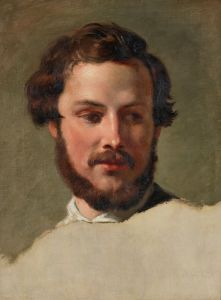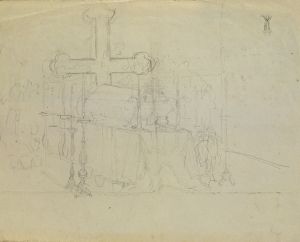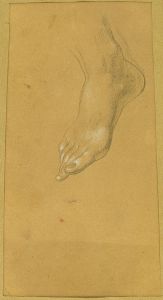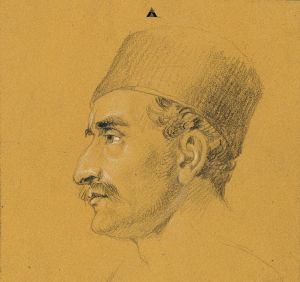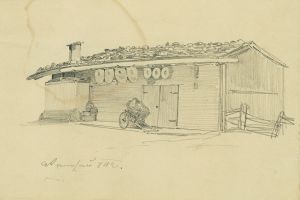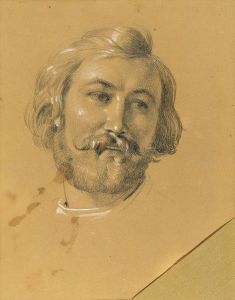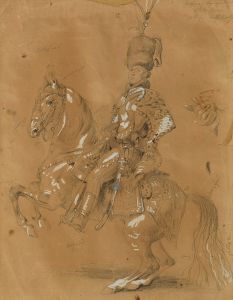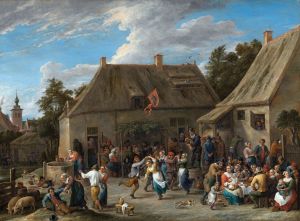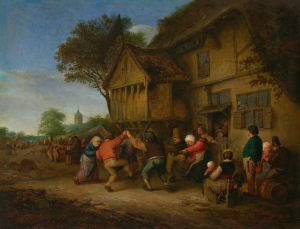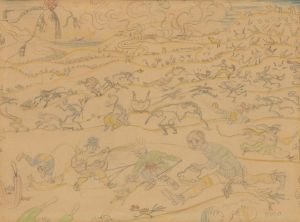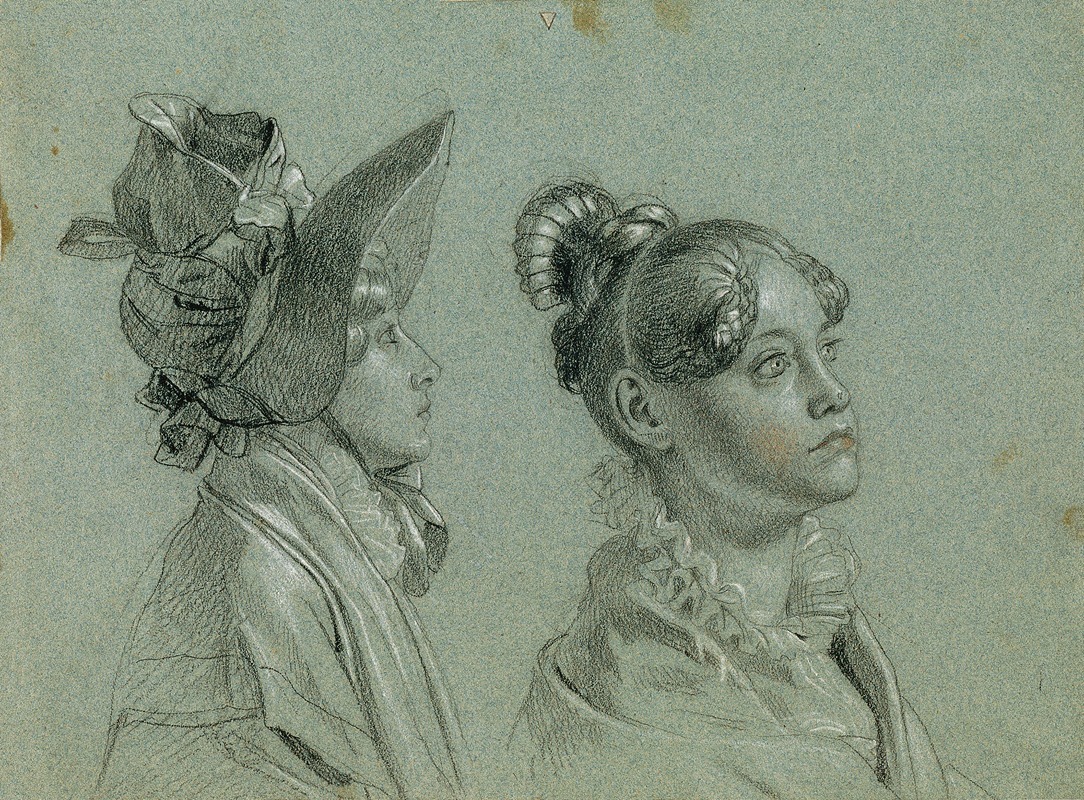
Zwei weibliche Studien zu ‘Rückkehr des Kaisers Franz aus Pressburg’
A hand-painted replica of Johann Peter Krafft’s masterpiece Zwei weibliche Studien zu ‘Rückkehr des Kaisers Franz aus Pressburg’, meticulously crafted by professional artists to capture the true essence of the original. Each piece is created with museum-quality canvas and rare mineral pigments, carefully painted by experienced artists with delicate brushstrokes and rich, layered colors to perfectly recreate the texture of the original artwork. Unlike machine-printed reproductions, this hand-painted version brings the painting to life, infused with the artist’s emotions and skill in every stroke. Whether for personal collection or home decoration, it instantly elevates the artistic atmosphere of any space.
Johann Peter Krafft's Zwei weibliche Studien zu ‘Rückkehr des Kaisers Franz aus Pressburg’ (Two Female Studies for ‘The Return of Emperor Franz from Pressburg’) is a preparatory study created by the Austrian painter Johann Peter Krafft (1780–1856). Krafft was a prominent artist of the Biedermeier period, known for his historical paintings, portraits, and genre scenes. This particular work is a study for his larger painting The Return of Emperor Franz I from Pressburg, which commemorates a significant historical event.
The study consists of two depictions of female figures, serving as preparatory sketches for the final composition. These studies were likely created to refine the poses, expressions, and details of the women who appear in the completed painting. Krafft was meticulous in his approach to historical accuracy and emotional expression, and his preparatory works often reveal his dedication to capturing the nuances of human form and gesture.
The final painting, The Return of Emperor Franz I from Pressburg, celebrates the return of Emperor Franz I of Austria after the signing of the Peace of Pressburg in 1805. This treaty, signed in Pressburg (modern-day Bratislava), marked the end of the War of the Third Coalition between Napoleonic France and the Austrian Empire. Krafft's painting was intended to highlight the patriotic and emotional significance of the emperor's return, and the inclusion of various figures, including women, was meant to represent the collective joy and relief of the Austrian people.
The study itself is an example of Krafft's skill in draftsmanship and his ability to convey emotion through subtle details. The figures in the study are depicted with careful attention to anatomy, drapery, and expression, reflecting the artist's academic training and his commitment to realism. While the study is not as widely known as the completed painting, it provides valuable insight into Krafft's creative process and his preparation for large-scale historical works.
The exact location of this study is not widely documented, but it is likely held in a museum or private collection specializing in 19th-century European art. Krafft's works, including his studies, are considered important contributions to Austrian art history and are appreciated for their historical and artistic significance.





